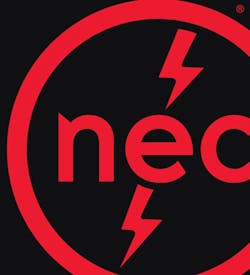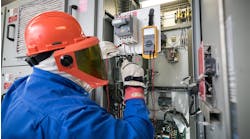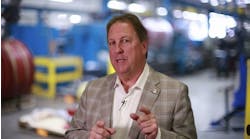Section 80.19 covers permits and approvals. It consists of subsections A through H. It’s quite prescriptive and takes up about 1¾ pages.
• Regardless of what the permit says, the work must conform to the NEC [80.19(A)(1)].
• A copy of the permit must be posted (or otherwise readily accessible) at each work site or carried by the permit holder [80.19(A)(2)].
• The permit must indicate the period for which it is valid and be specific to the work [80.19(B)]. But an annual permit is permissible, as a sort of “blanket permit” [80.19(D)].
• Where the inspector finds the installation conforms to the NEC plus all applicable local ordinances, rules, and regulations, the inspector shall issue a certificate of approval [80.19(F)(2)]. Notice here that NEC compliance alone doesn’t get the approval.
• Permits can be revoked for any of the seven enumerated reasons in [80.19(G)].
• Delays happen, sometimes despite our best effort. The NEC recognizes this, and allows for extensions to permits [80.19(H)].





